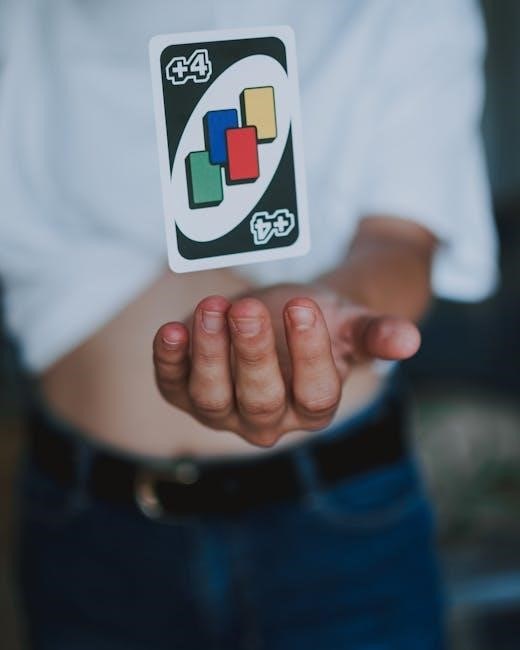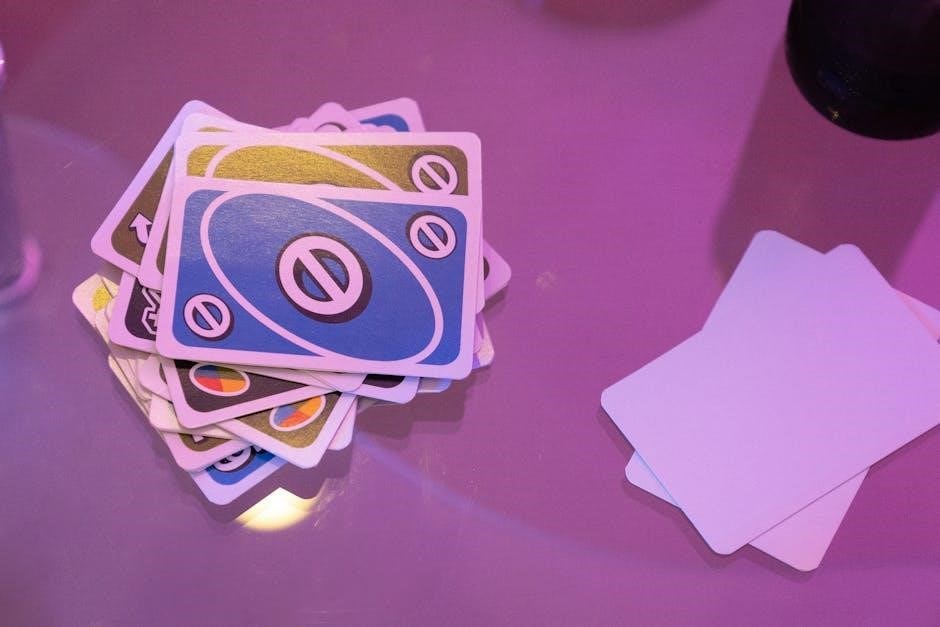Hand and Foot Card Game: Comprehensive Instructions
Hand and Foot, a captivating rummy-style card game, demands strategic melding and swift card depletion.
This comprehensive guide unveils the intricacies, from initial setup to triumphant victory, ensuring an
enjoyable and competitive experience for all players involved.
Objective of the Game
The primary objective in Hand and Foot is to accumulate the highest score by strategically melding
cards and skillfully depleting both your initial hand and subsequent foot. Players aim to create sets,
known as melds, comprising cards of identical rank, and ultimately, forming complete books of seven
cards.
The game progresses through multiple rounds, with players striving to be the first to go out in each round.
Going out involves utilizing all the cards in both your hand and foot through melding or discarding.
Strategic decisions revolve around balancing the creation of melds, completing books, and minimizing the
number of cards remaining in hand at the round’s conclusion.
Accumulating points involves melding cards of varying values, completing clean (no wild cards) or dirty
(containing wild cards) books, and securing bonuses for being the first to go out. Penalties are incurred
for unmelded cards remaining in hand at the end of each round. The player, or team, with the highest
cumulative score after a predetermined number of rounds emerges as the ultimate victor.

Game Setup
Preparing for a game of Hand and Foot involves determining the number of players, assembling the
necessary decks of cards, and dealing the initial hands and foot to each player.
Number of Players and Decks
Hand and Foot typically accommodates 2 to 6 players, often played in teams of two, seated across from
each other. The number of standard 52-card decks required depends on the player count. For each player, a
full deck is added to the game, ensuring sufficient cards for melding.
For instance, a four-player game utilizes four decks, while a six-player game requires six. These decks,
including Jokers, are shuffled together to form a large stock pile. Playing with more cards speeds up the
game.
This consolidated stock ensures ample opportunities for drawing and discarding throughout the rounds. The
objective is to strategically utilize the cards in your hand and foot piles to create melds, aiming to
score the most points.
Adjusting the number of decks based on players maintains a balanced and engaging gameplay experience. Remember to
adapt the rules according to the number of players to ensure a fair and enjoyable game for everyone involved.
Dealing the Cards: Hand and Foot
The dealer distributes cards clockwise, providing each player with two sets: the “hand” and the “foot.”
Initially, each player receives 11 cards for their hand, which they can examine and strategically utilize.
Subsequently, another 11 cards are dealt face-down, forming the foot, which remains untouched until the hand
is depleted.
Players must keep their foot cards concealed until they’ve played all the cards in their hand. Some variations
involve dealing two stacks of 11 cards. These two stacks are also the hand and the foot.
These players try to take stacks of exactly 22 cards from the deck, rather than a deal. This results in an
instant bonus of 300 points. This initial distribution sets the stage for strategic melding and tactical
card management.
Understanding the distinction between the hand and foot is crucial for effective gameplay, as players must
transition seamlessly between the two sets to maximize their scoring potential and ultimately win the game.
Creating the Discard Pile
After dealing the initial hands and feet, the dealer initiates the discard pile by turning over the top card
from the remaining stock of cards. This face-up card becomes the foundation of the discard pile, a crucial
element of the game that offers players strategic choices throughout.
This card should be placed beside the stock pile. If the turned over card is a wild card or a red 3, another
card should be put on top of it.
The discard pile serves as an alternative to drawing from the stock, allowing players to acquire specific cards
they need to create melds or enhance existing ones. Players can opt to draw the top card of the discard pile
or, in some variations, take the entire pile under certain conditions.
This decision adds a layer of complexity to each turn, as players must weigh the potential benefits of acquiring
known cards from the discard pile against the uncertainty of drawing from the stock.

Gameplay
Gameplay in Hand and Foot revolves around strategic drawing, melding, and discarding. Players aim to
empty their hand and foot by creating sets and fulfilling specific requirements throughout each round.
Drawing Cards: Stock vs. Discard Pile
At the commencement of each turn, a player faces a crucial decision: draw from the stock pile or seize the
discard pile. Opting for the stock pile grants two fresh cards, adding potential to existing melds or paving
the way for new ones. This choice allows for a measured approach, preserving strategic flexibility.
Alternatively, selecting the discard pile mandates acquiring the entire stack. While potentially offering
immediate melding opportunities, this action comes at a cost. The player must incorporate the entire discard
pile into their hand, which increases the hand size and adds unwanted cards, making it potentially harder to
manage.
If players draw from the discard pile, they must pick up the entire discard pile. This is a crucial
consideration, as it can drastically alter the course of a turn and influence subsequent strategic decisions.
The choice between stock and discard demands careful evaluation of hand composition, melding possibilities,
and the overall game state.
Melding: Initial Requirements and Restrictions
To initiate melding, players must meet a minimum point threshold for their initial meld. This requirement,
typically set at 50, 90, 120 or even 150 points depending on the round and house rules, presents an initial
hurdle that demands strategic card accumulation. Only after this threshold is met can a player lay down their
first set of cards.
Melds must consist of at least three cards of the same rank. However, a player can only create new melds or add
cards to their own existing melds in the center of the table, but not both. Once a player has created their
initial meld, they are free to continue adding cards to their melds or their teammates melds, during the game.
Certain restrictions govern the use of specific cards. Threes cannot be melded, and wild cards (Jokers and 2s)
may be used as substitutes for other cards. Careful consideration of these rules is crucial for successful
melding and progression in the game.
Moving from Hand to Foot
The transition from hand to foot marks a significant milestone in the game. This occurs when a player depletes
their hand, either by melding or discarding their final card. Upon emptying their hand, the player immediately
picks up their face-down foot pile, integrating it into their gameplay.
If the hand is emptied through melding, the player’s turn continues seamlessly, now utilizing the foot pile.
This allows for continued strategic plays and melds. However, if the hand is emptied by discarding, the turn ends
immediately, and the foot pile is used on the subsequent turn.
The foot pile contains eleven cards, presenting new opportunities for melds and strategic plays. Players must
carefully assess their foot cards, planning their moves to maximize their score and deplete their cards effectively.
The transition from hand to foot requires adaptability and strategic foresight to maintain momentum and progress
towards victory.
Ending a Turn: Discarding
At the conclusion of each turn, a player must discard one card from their hand, placing it face-up on the discard
pile. This action signals the end of their turn and allows the next player to begin. The discard should be
chosen strategically, considering the cards remaining in the player’s hand and the potential benefits or drawbacks
for subsequent players.
Discarding a card that could benefit an opponent should be avoided, while discarding a card that disrupts their
potential melds or limits their options is advantageous. Furthermore, players should aim to discard cards that
are unlikely to be useful to them in future turns.
The act of discarding not only ends the turn but also provides valuable information to other players, revealing
potential strategies and card combinations. Careful consideration of the discard is crucial for both offensive
and defensive play, contributing to the overall complexity and strategic depth of the game.

Scoring
The scoring system in Hand and Foot involves accumulating points through card values, completed books
(clean or dirty), and end-of-round bonuses and penalties. Strategic play aims to maximize points and minimize
penalties.
Card Values
In Hand and Foot, each card holds a specific point value that contributes to the overall score. Jokers, the
most powerful wild cards, are worth 50 points each. Deuces, another type of wild card, are valued at 20 points
each. Aces also carry a value of 20 points.
The face cards, including Eights through Kings, are each worth 10 points. Numbered cards from Threes through
Sevens hold a value of 5 points each. When tallying scores, remember that the point values are crucial for
determining the final outcome. Red Threes deduct 100 points, while black Threes deduct 5 points if caught in
hand.
These values are used when calculating the score at the end of each round, both for cards melded on the table and
for cards remaining in players’ hands or feet. Understanding these values is essential for strategic play and
efficiently maximizing your score.
Completing Books: Clean vs. Dirty
In Hand and Foot, completing books is a crucial aspect of scoring and strategic play. A book is formed when a
player or team has melded seven cards of the same rank.
There are two types of books: clean and dirty. A clean book consists of seven natural cards, meaning no wild
cards (Jokers or Deuces) are used. Completing a clean book awards a significant 500 points at the end of the
round.
On the other hand, a dirty book contains wild cards. While still valuable, a dirty book is worth 300 points; When
a book is completed, it is set aside, and no more cards can be added. To differentiate between clean and dirty
books, a red card is placed face-up on top of a clean book, while a black card signifies a dirty book.
End-of-Round Scoring: Bonuses and Penalties
At the conclusion of each round in Hand and Foot, a thorough scoring process takes place, involving both
bonuses and potential penalties. The primary bonus is awarded to the player or team who successfully “goes out”
by depleting all cards from their hand and foot, earning them an additional 300 points.
Furthermore, bonuses are granted for completed books: 500 points for each clean book and 300 points for each
dirty book. However, players or teams face penalties if they are left with cards in their hand or foot at the
round’s end.
The values of these remaining cards are totaled and subtracted from their overall score. Red Threes left in hand
result in a -100 point penalty, and Black Threes a -5 point penalty. Strategic melding is essential to avoid
these penalties.

Winning the Game
Victory in Hand and Foot hinges on strategic play and accumulating points across multiple rounds.
Mastering melding techniques, understanding card values, and minimizing penalties are crucial for securing
the overall win.
Going Out and Round Completion
A round concludes when a player successfully “goes out” by discarding or melding their final card from
their foot. For team play, the round ends only after at least one card has been played from the second
partner’s foot. The act of going out grants the player or team an additional bonus of 300 points,
significantly impacting the overall score.
Upon going out, a meticulous scoring process ensues, encompassing completed books (clean and dirty),
individual melded card values, and penalties for unplayed cards remaining in hands and feet. The player
or team that goes out receives a substantial advantage, but strategic play throughout the round is vital
to maximize the accumulated score. Failing to go out results in penalties for remaining cards, emphasizing
the importance of efficient melding.
After someone successfully gets rid of all their cards, either with a meld or a discard, end the round and tally the score.
Continue playing until a player has no cards and the player who got rid of their cards, or went out, also gets an extra 300 points.
Overall Winner
The grand victor of Hand and Foot is determined after four rounds of strategic card play and calculated
scoring. Throughout the game, players or teams meticulously accumulate points by forming melds,
completing books, and capitalizing on bonuses for going out in each round.
At the culmination of the fourth round, each player or team tallies their cumulative score from all
previous rounds. The individual or team boasting the highest overall score is then declared the
undisputed champion of Hand and Foot. This victory is not solely dependent on winning the final round
but rather on consistent and strategic gameplay throughout the entire competition. A well-balanced
approach, combining skillful melding, timely book completion, and efficient card management, is crucial for
securing the ultimate triumph in Hand and Foot.
Whoever has the most points at the end of round 4 wins the game!
This victory is not solely dependent on winning the final round but rather on consistent and strategic gameplay throughout the entire competition.
A well-balanced approach, is crucial for securing the ultimate triumph in Hand and Foot.
